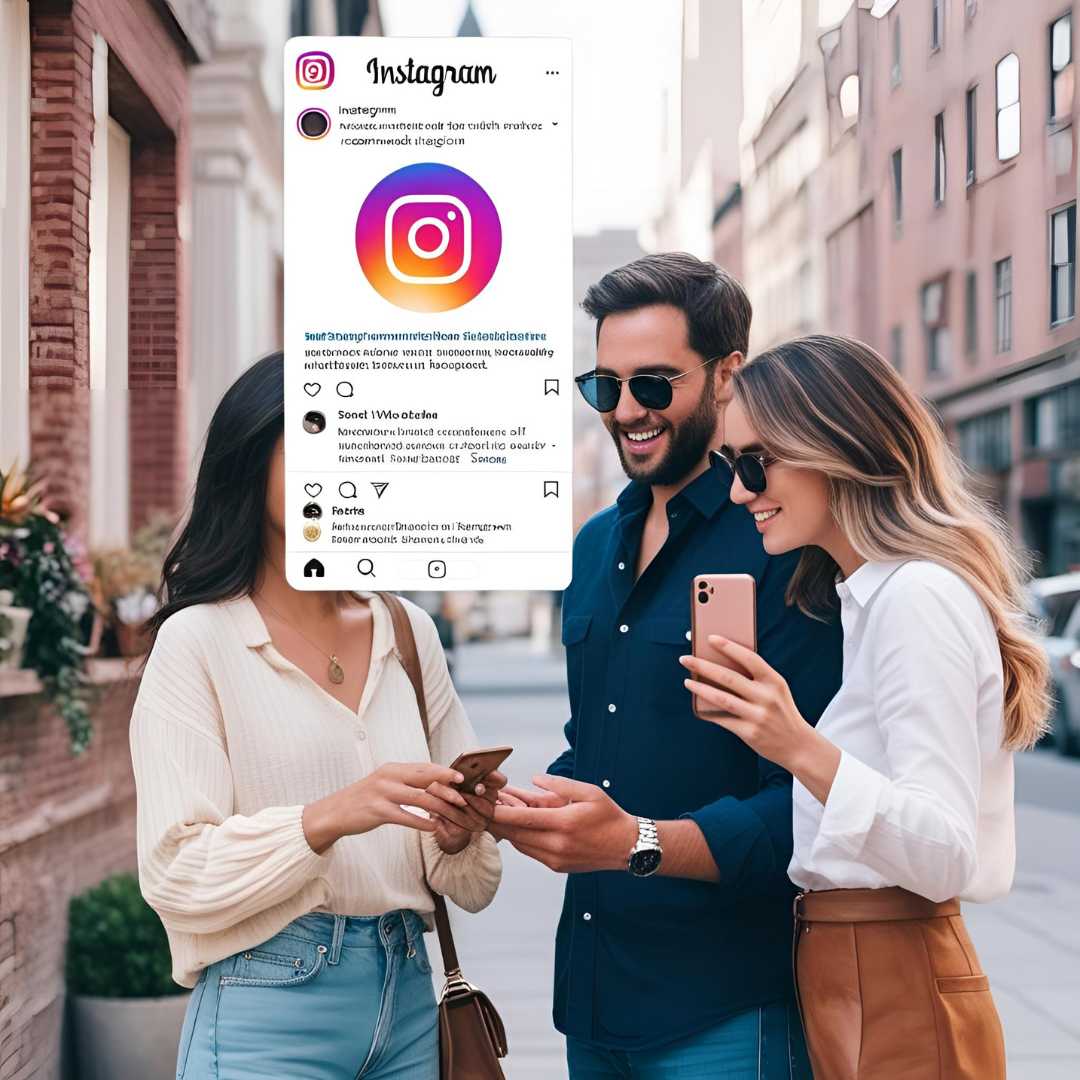The recommendation algorithm for Instagram is one of the key drivers of connecting users to businesses. The reset option applies to Reels, Explore, and Feed. This will include a page for reviewing the Following list, deciding what accounts to quit following.Â
The Five Most-Key Takeaways from This Blog Post
- The idea is to give users the opportunity to go back to step one in rebuilding a content-recommendation experience. Of course, we all leave digital footprints, so it would be naïve to think that the reset somehow clears us of that digital footprint entirely.Â
- There is an emphasis on teen users in the blog post that Instagram made announcing the recommendation-reset feature. So, this reset feature was no doubt driven by damage-control impulses to move past the controversy surrounding Meta’s knowledge of negatively influential content on platforms.Â
- For business owners, this could mean that many users regularly exposed to the business’ posts may now be lost. Gone, but perhaps not forever, because it is likely the case that many users will have similar viewing habits that could lead them right back to the same kinds of recommended posts.Â
- However, businesses will not necessarily lose existing followers of the business’ account. Yes, the user can review the Following list during a reset, but the user may choose to keep following the business’ account.Â
- The last Key Takeaway is certainly not the least: the accounts’ recommendations will re-personalize over time. So, it would largely take something like a serious change in interactive-scrolling and -viewing habits for the user to really get a radically different Instagram experience after the reset.Â
Recommendation Algorithms: Shaping the Digital Environment
Recommendation algorithms have been, for some time now, one of the most-dominant forms of artificial intelligence in many people’s daily lives.
These algorithms shape the very media environment before people’s very eyes and ears and pretty much all of the sensory organs that people use in their Internet-scrolling experience.Â
Insta-Reset of the Digital (-Advertising) Environment
A key feature of these media environments is that they are strategically decorated with advertisements.Â
Unlike the real world, where businesses pay for, say, a billboard, in the hope that enough of the right customers see it, in the digital world businesses can buy ads that will be shown to the “right” customers, i.e., those most likely to buy.Â
Recommendation algorithms can put effective ads on digital “billboards” (on Instagram, the billboards are advertising posts), the ad dependent on the user.Â
With an Instagram reset, however, the algorithmic decision-making that determines what ad goes on the billboard goes back to square one, having to relearn about the user to find out what ad to put on the billboard.Â
An Illustrative Example
If the key fact about the “real world” is that any two people in their right minds can point to, say, a billboard on a highway and say “There’s a billboard right there”, and come to a solid agreement on that factual matter. (So long as they share an understanding of what a billboard is.)
The content of the billboard is also agreed-upon: it’s an advertisement for [insert brand name of your choice].Â
But the key feature is that many digital environments are not commonly experienced. This fact is certainly true of social-media sites like Instagram. What one person sees on Instagram can be wildly different from what another person sees.Â
The recommendation algorithm is partly responsible for this. To bring back the metaphor: Imagine you step outside and see a billboard advertisement on a certain part of a busy street. Your neighbor steps outside and sees a different billboard ad.Â
That, then, is one of the most-significant features of the digital-world experience, which is that the physical features of digital worlds (the physical features, here, is the sense-fed content) can differ wildly between two users who otherwise see the same physical features of the world in reality.Â
Mutual Influence
A significant part of this environment-shaping is up to the user from choices such as who they follow. But the small decisions such as what posts get liked, lingered on, shared, and the “like” (pun welcomed), inform the algorithm, which in turn influences what ads are seen.Â
For business owners, there is reason to trust that people, just by virtue of their inclinations, could be led back to seeing the business’ posts even after a reset.Â
Other Great GO AI Blog Posts
GO AI the blog offers a combination of information about, analysis of, and editorializing on A.I. technologies of interest to business owners, with especial focus on the impact this tech will have on commerce as a whole.Â
On a usual week, there are multiple GO AI blog posts going out. Here are some notable recent articles:Â
- For Businesses and Other Organizations, What Makes a Successful Chatbot?
- IBM Watson vs. ChatGPT vs. Gemini: How Will Each Affect Search Engines?
- Using A.I. to Find Resources for Business Owners
- How Would Restricting Open-Source A.I. Affect Business Owners?Â
- The EU’s A.I. Act Has Become Law: The Implications for Business Owners (Especially American)
In addition to our GO AI blog, we also have a blog that offers important updates in the world of search engine optimization (SEO), with blog posts like “Google Ends Its Plan to End Third-Party Cookies”.



